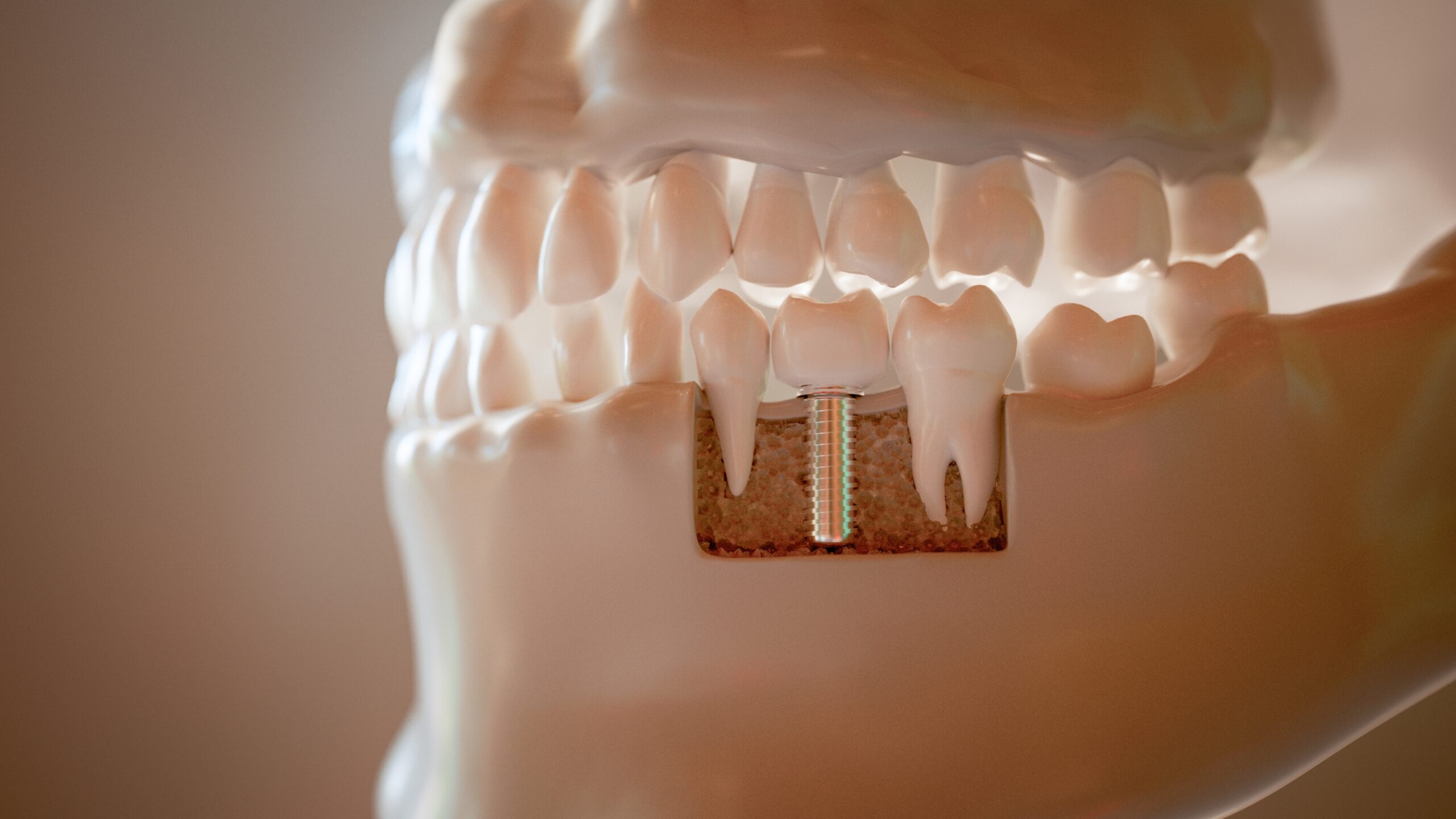Dental Extraction: Indication, Care, and Recovery
If you need a dental extraction as part of your implant treatment, it’s crucial to understand the process to stay calm during your appointment. The good news is that modern technology has made these procedures less invasive and more efficient, ensuring a better patient experience.
When is a Dental Extraction Necessary?
You might need an extraction for several reasons:
- Damaged Tooth: Fractures or structural issues.
- Extensive Cavities: Severe decay.
- Health Issues: Gum disease or diabetes may necessitate removal.
Your dentist will discuss your overall health and medical history to determine if an extraction is needed.
How is the Procedure Done?
Before the procedure, your dentist will:
- Analyze Your Situation: Examine your mouth and take x-rays.
- Plan the Extraction: Determine the tooth’s size, position, and shape, and assess bone health.
During the procedure:
- Anesthesia: You’ll receive a local anesthetic to prevent pain.
- Extraction: The dentist will remove the tooth, clean the site, and stitch up your gum.
Aftercare and Recovery
Follow your dentist’s aftercare instructions for a speedy recovery:
- Eating and Drinking: Adhere to guidelines provided by your dentist.
- Cleaning: Keep the extraction site clean as instructed.
Initial recovery takes about 7 to 10 days, with full healing in approximately 2 months.
Techniques for Tooth Extraction
Your dentist will select the best method for your situation:
- Simple or Multiple Extraction: Common for deciduous (milk) teeth, fractured teeth, and endodontic cases.
- Root Extraction: Needed for root residue in gum or bone tissue.
- Exodontia: For impacted or semi-impacted teeth that require surgery.
Understanding these aspects of dental extraction can help you feel more at ease and prepared for your treatment.









